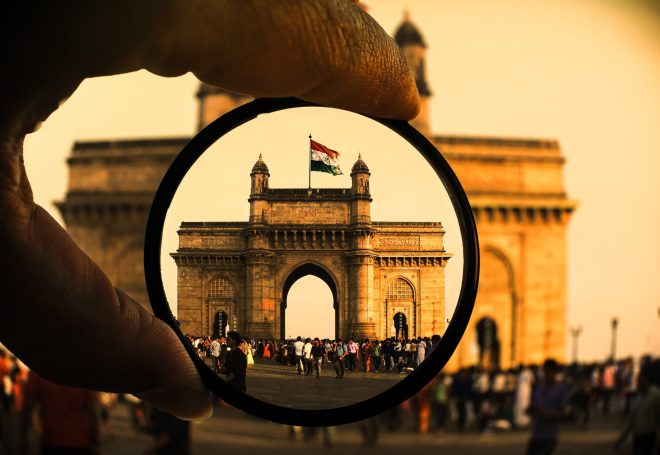
Bombay Phenotype
Overview
Bombay Phenotype is extremely rare, but it is a disease that brings together many important concepts. As such, it is wonderful to study and folks tend to favor it on exams.
Section Goals
- State which gene a Bombay individual is deficient in or lacking
- Understand which antigens are missing in Bombay phenotype
- Know what a Bombay individual’s ABO type will appear as
- Identify what antibodies a Bombay individual will make
- Be able to identify a probable case of Bombay phenotype based on characteristic antibody identification panel findings
- State the transfusion requirements for Bombay Phenotype
The genetics of Bombay Phenotype
We learned the basics of ABO antigens and H antigen expression. Let’s recall that the H(FUT1) gene encodes a fucosyltransferase that adds fucose to the precursor chain to for H antigen. Most people inherit the H gene from one or both parents for a phenotype of HH or Hh. When I say “most people” I mean nearly all people. The H gene is present in more than 99.99% of the random population [Harmening DM. Modern Blood Banking & Transfusion Practices, Seventh Ed. 2019].
Individuals lacking the H gene have a phenotype of hh, known as Bombay Phenotype. As a result, these individuals do not express the A, B or H antigen because there is no H gene to code for the transferase responsible for attaching fucose to the basic precursor substance. Since ABO typing will demonstrate no A or B antigen, the Bombay individual will appear as if they are blood group O. In fact, they are very different from blood group O because a true group O individual will have H antigen on their blood cells.
Since Bombay individuals lack A, B, and H antigens, they have naturally occurring anti-A, anti-B and anti-H antibodies.
This is an important concept to clarify. The anti-H antibody present in Bombay individuals is a naturally occurring alloantibody. Because it is an alloantibody, both IgM and IgG forms are present. Therefore, it can react at room temperature and 37 degrees Celsius. This is why agglutination will be present at both immediate spin (IS) phase and AHG phage. This is is the essential piece of information to remember and accounts for the characteristic findings seen on their antibody screen:

What is unique about this panel? There is strong panreactivity with all screening cells at both Immediate Spin (IS) and AHG phases of testing, but the autocontrol is negative. While this alone is not diagnostic of Bombay Phenotype, it is very suggestive and further testing should be pursued.
Why is there panreactivity with all screening cells? Recall that the screening cells are group O cells and have lots of H antigen present. The Bombay individual’s anti-H causes agglutination of these screening cells and results in a strongly positive result at immediate spin and AHG phases of testing. And because the patient’s cells lack H antigen, the autocontrol is negative.
Consider how this is different from a cold autoantibody that has specificity to the H antigen. A cold autoantibody is typically IgM only so characteristically will be positive at immediate spin only (with exceptions, which we’ll clarify later). The autocontrol will also be positive if cold autoantibodies are present.
Bombay Questions
Bombay Questions
What is the next step to identify a likely Bombay Phenotype? (Click for answer)
Testing with Ulex europaeus lectin, which is an anti-H lectin. Bombay phenotype patient lack H substance, therefore, testing with Ulex europaeus will be negative (i.e., no agglutination).
How would you transfuse a Bombay individual? (Click for answer)
Bombay individuals have an anti-H, so any blood containing H antigen could cause a hemolytic transfusion reaction if transfused to a Bombay individual. Therefore, you can only give blood from another Bombay individual. Units from the Rare Donor Program will likely have to be sourced.
Key takeaways:
While Bombay Phenotype is extremely rare, it is a favorite on exams because it ties together so many concepts. Understand that Bombay Phenotype individuals:
- Lack H (FUT1) gene, are phenotype hh and lack H, A, and B antigens on their red blood cells.
- Will appear as group O in ABO typing
- Have naturally occurring anti-A, anti-B and anti-H antibodies
- Have a characteristic antibody identification panel that alone is not diagnostic
- Require testing with Ulex europaeus lectin and often molecular testing
- Require blood from another individual with Bombay Phenotype
